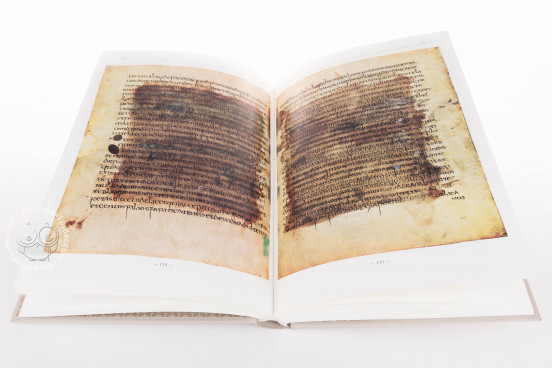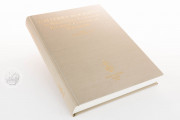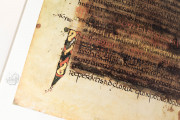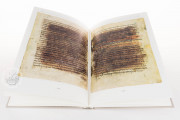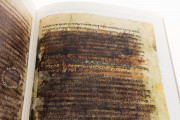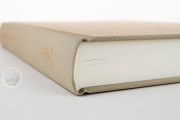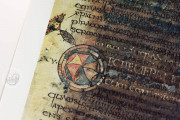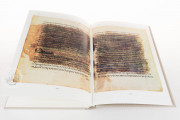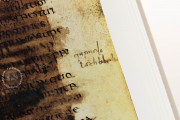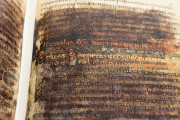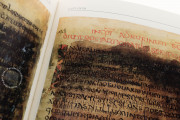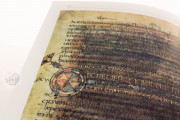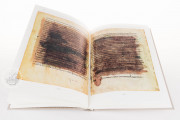The Institutiones of Gaius was written around 161 CE during the reign of Antoninus Pius. Not much is known about the Roman jurist Gaius. Although his work was referred to in legal texts of later centuries, his contemporaries are surprisingly silent about him. His legal treatise was completely lost until its momentous rediscovery in a palimpsest—a manuscript bearing two texts, one written atop another.
Offering direct access to ancient legal codes, the Gai Codex Rescriptus is the sole witness of the only work of Roman jurisprudence to survive intact from antiquity. Originally written at the beginning of the sixth century, perhaps during the reign of Theodoric, the manuscript received two leaves that were added to the original 125 when the parchment was scraped and repurposed in the eighth century to accommodate letters of Saint Jerome and other Christian texts.
Undertext
The discovery of the Institutiones of Gai as the sixth-century scriptio inferior (undertext) of another text was a valuable find for legal historians. Creating a palimpsest (or codex rescriptus) involved re-using support material—papyrus or parchment—to write another text. This sometimes required the removal of the existing writing or simply using the other side of the material. The practice was at its height in the eighth and ninth centuries. The traces of the scriptio inferior of palimpsests sometimes offers the only surviving witness of works that are otherwise completely lost.
Two Uncials
While the scriptio superior of the epistles of Jerome appears in a neat eighth-century Uncial, perhaps written in France, the Institutiones was written in a variant of the Uncial script called the b-r Uncial, named for the unique characteristics of those two letterforms. This is the same style of Uncial used in another important legal collection called the Littera Florentina. Modeled directly on Gaius's Institutiones, the text of the Littera Florentina manuscript is a compilation of centuries of Roman law, which provided evidence—albeit highly mediated—of the Institutiones before its discovery.
The Biblioteca Capitolare
It is no surprise that the Gai Codex Rescriptus ended up in the chapter library of the Verona cathedral, one of the oldest continually functioning libraries in the world and home to several palimpsests. Although the discovery of the Gai Codex Rescriptus in 1816 was long described as a fortuitous accident, there is good evidence that a description of the manuscript published in 1732 and again in 1742 by Verona's own Scipione Maffei helped lead scholars to the palimpsest.
After its rediscovery, the undertext of the Gai Codex Rescriptus suffered considerable damage. Eager to transcribe the long-lost text, the first scholars to work on transcribing the text used chemical reagents on the parchment in an attempt to reveal hidden letters. These reagents caused corrosion, which has since been stabilized. Sophisticated multispectral imagining techniques have improved our ability to access the original text.
We have 1 facsimile edition of the manuscript "Gai Codex Rescriptus": Gai Codex Rescriptus facsimile edition, published by Leo S. Olschki, 2012
Request Info / Price
